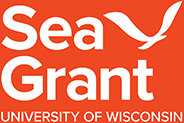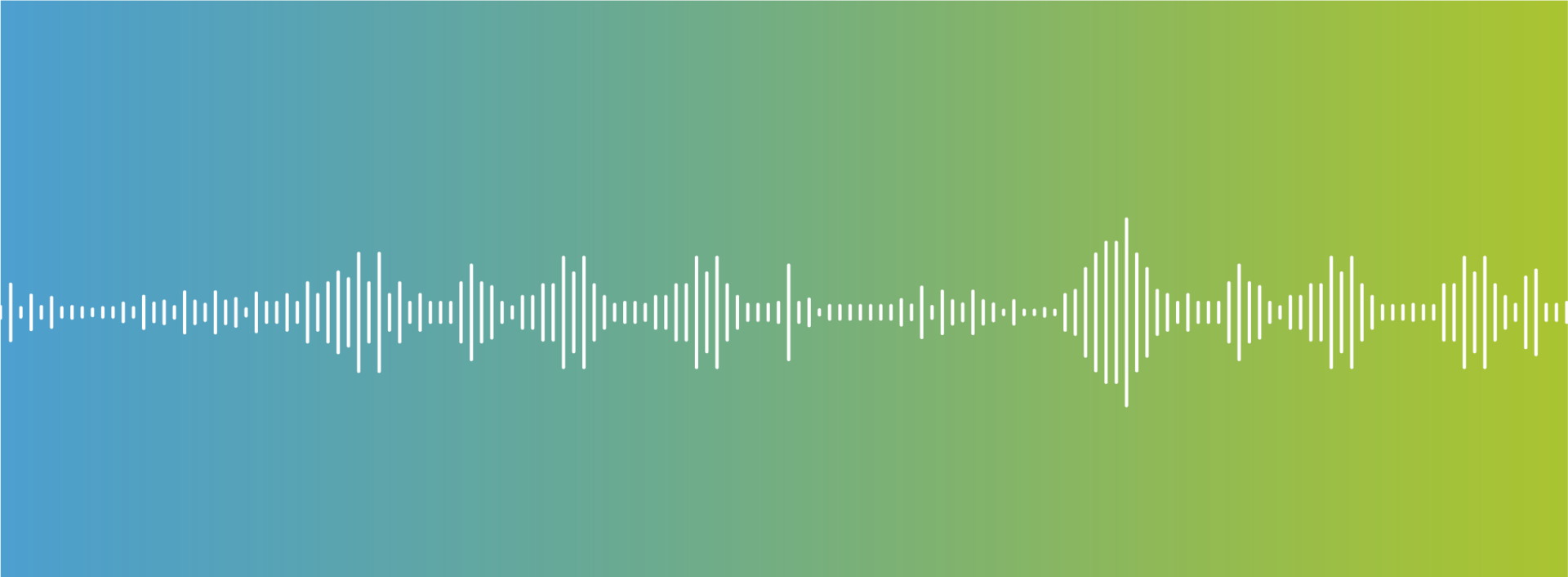Episode 22, February 7, 2025
The story of starry
When starry stonewort was first discovered in a Wisconsin lake, alarm set in—officials scrambled, residents feared the worst, and drastic measures were taken. But ten years later, an unexpected truth has emerged: sometimes, the best response to an invasive species is to do less, not more. In this episode, we unravel the science behind how humans react to new invaders, challenge fear-based messaging, and explore the power of waiting and watching.
Looking for ways to tone down your language around aquatic invasive species? Here are some helpful phrases created by our guest Jeanne Scherer:
Non-native species are known to have varying degrees of impacts depending on the specific waterbody they are found in, and in some cases are able to integrate into a waterbody to the extent where actual documented impacts are minimal and active management may not be necessary.
Reporting invasive species is a first step in containing their spread. Maintaining and restoring our waters and landscapes can reduce the impacts even when we don’t have other management options to an invasive species.
Thanks to our guests
Paul Skawinski, UW-Stevens Point Extension Lakes
Tom Reck, former Little Muskego Lake District chairperson
Bret Shaw, University of Wisconsin-Extension, University of Wisconsin-Madison
Jeanne Scherer, University of Wisconsin-Extension and University of Wisconsin-Madison
Read more
- Starry stonewort
- Testing Emphasis Message Frames and Metaphors on Social Media
- to Engage Boaters to Learn about Preventing the Spread of Zebra
- Mussels
- Is the cure worse than the disease? Comparing the ecological effects of an invasive aquatic plant and the herbicide treatments used to control it
- Commonly Rare and Rarely Common: Comparing Population Abundance of Invasive and Native Aquatic Species
- Predicting preferences for chemical treatment of aquatic invasive species and implications for outreach
Credits

Bonnie Willison | Executive Producer
Video and Podcast Producer
What I do at Sea Grant
Bonnie produces videos and podcasts about Great Lakes science and outreach for Wisconsin Sea Grant.
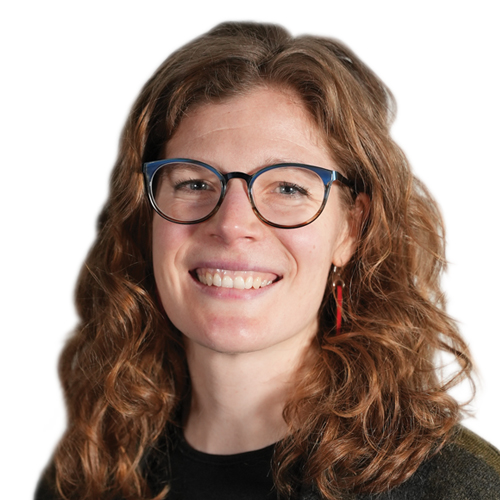
Jenna Mertz | Writer, Producer
Writer
What I do at Sea Grant
Jenna writes about the research and outreach work of Wisconsin Sea Grant to build understanding of and stewardship for Wisconsin’s waters and the Great Lakes.
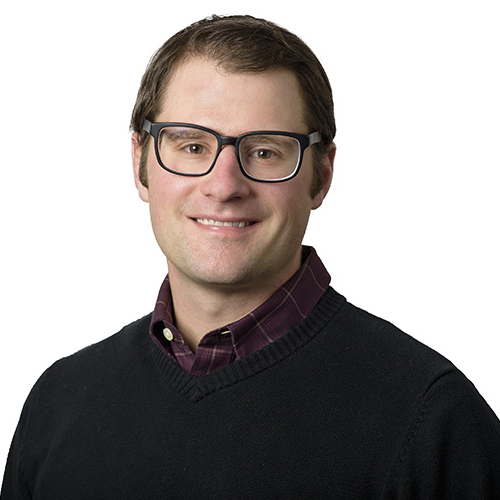
Tim Campbell | Producer
Aquatic Invasive Species Program Manager, National AIS Liaison
What I do at Sea Grant
Campbell engages communities, organizations, local government officials and other coastal stakeholder groups and helps them incorporate aquatic invasive species (AIS) prevention actions into their existing activities.
He also works closely with the numerous professionals working on AIS issues statewide and nationally to coordinate education and outreach efforts.
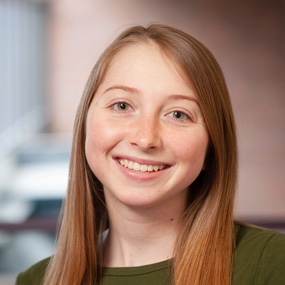
Nichole Angell | Producer
Program Specialist, Great Lakes Commission
What I do at GLC
Nichole works on various Aquatic Invasive Species projects including the Invasive Mussel, European Frog-bit, and Phragmites Collaboratives, as well as the Great Lakes AIS Landing Blitz. She also provides staff support to the Great Lakes Panel on Aquatic Nuisance Species.
